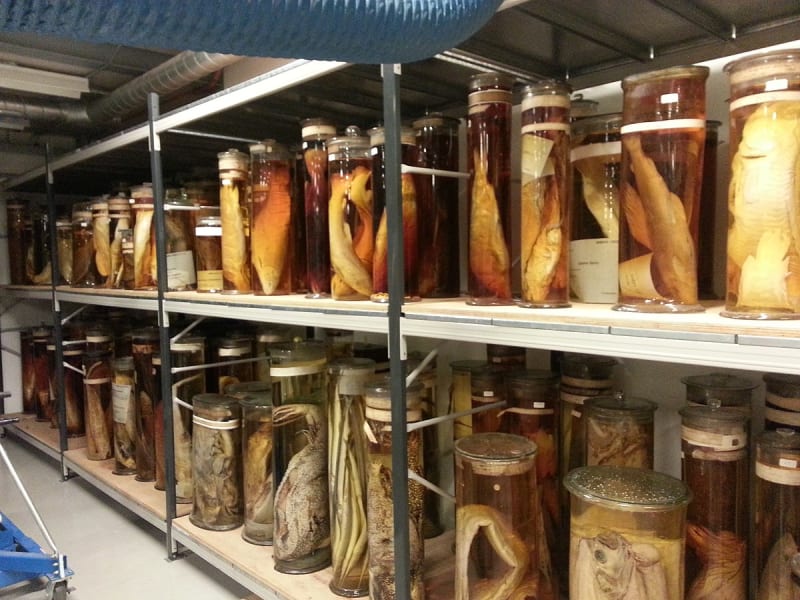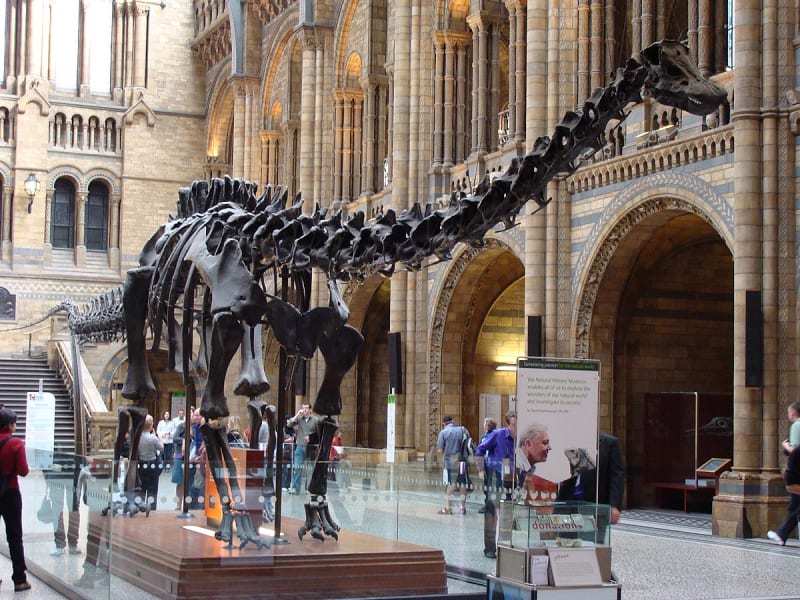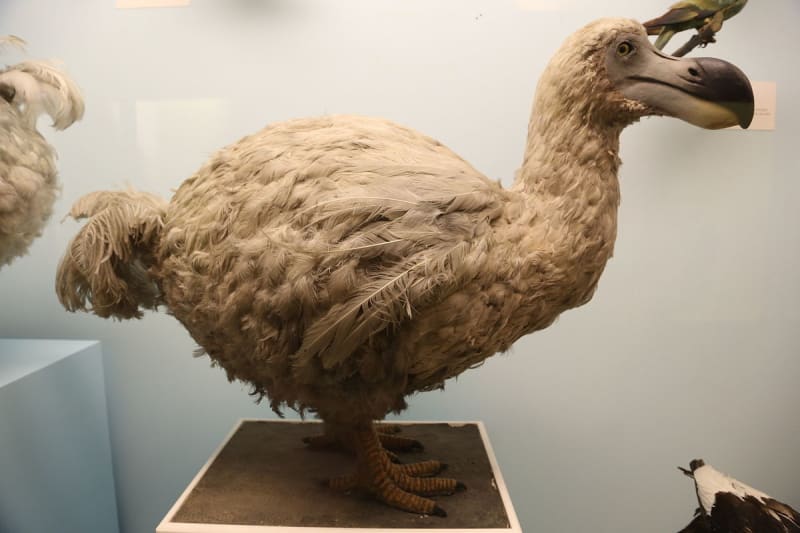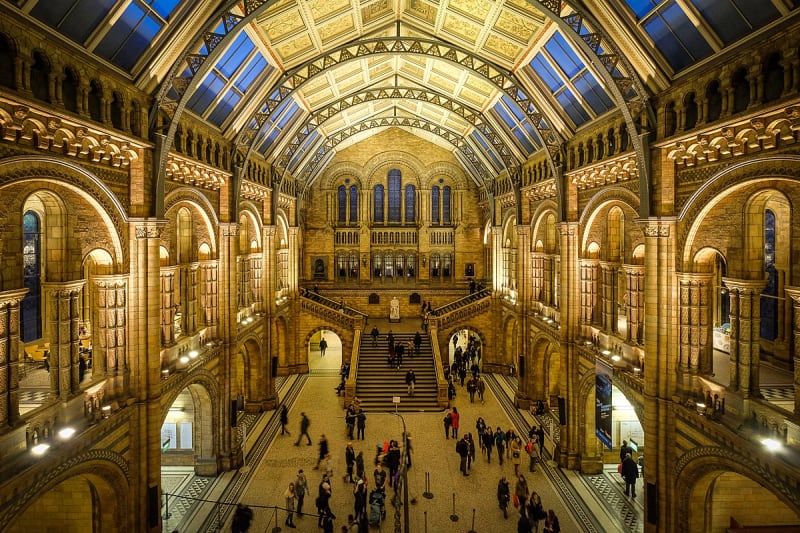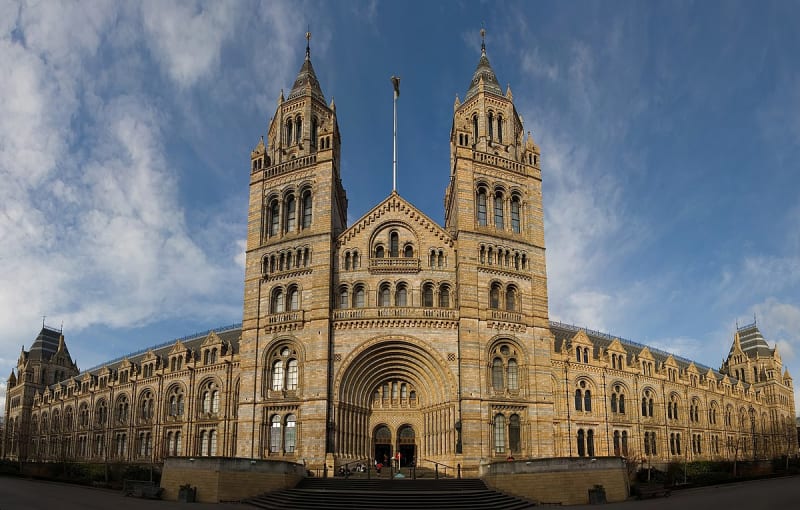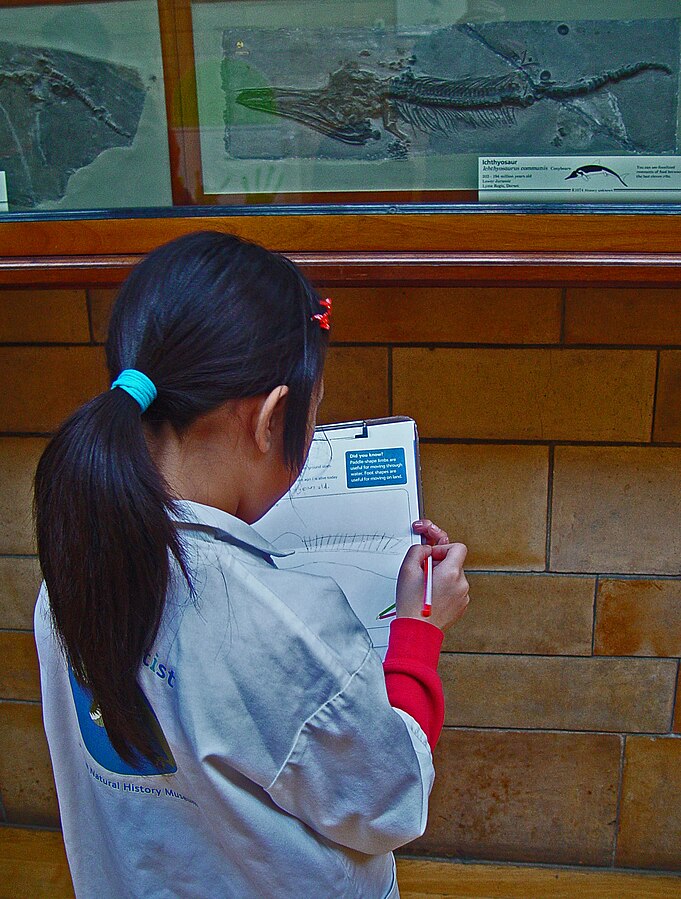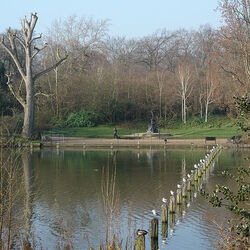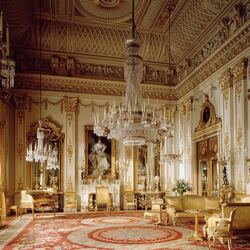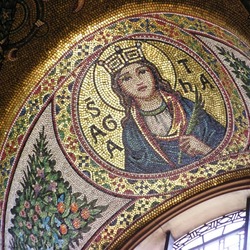Natural History Museum London
The Natural History Museum in London differs from other cultural institutions with free admission, and it is open all year round. Visitors are advised to set aside at least 1 day to explore the exhibits, taking their time. There are about 80 million items in the main collections that are of great historical value to modern society.
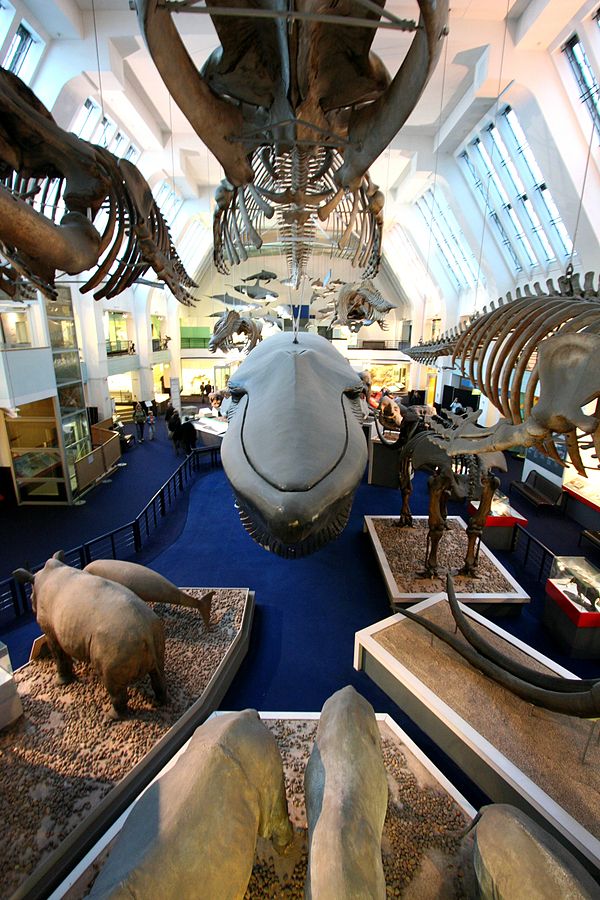
The history of the Natural History Museum in London
It was founded in 1754 thanks to the generous contributions of Sir Hans Sloan, who was also responsible for providing objects for the British Museum. It moved to its current location in 1881. Sloan was unhappy with the natural history collection at the British Museum, and as a result, he decided to help fund a second museum in a separate building to house more objects.
A wide range of exhibits
The National Historical Museum of London ─ It is an organization, institution and museum combined into one, offering an amazing exposition of science from unknown times to the present day. At the Natural History Museum in London, you can spend an informative and entertaining day for yourself or the whole family, exploring and enjoying the collection, the history of the earth, animals and much more. Today, the museum attracts more than five million visitors each year and is considered one of the three most important museums in London.
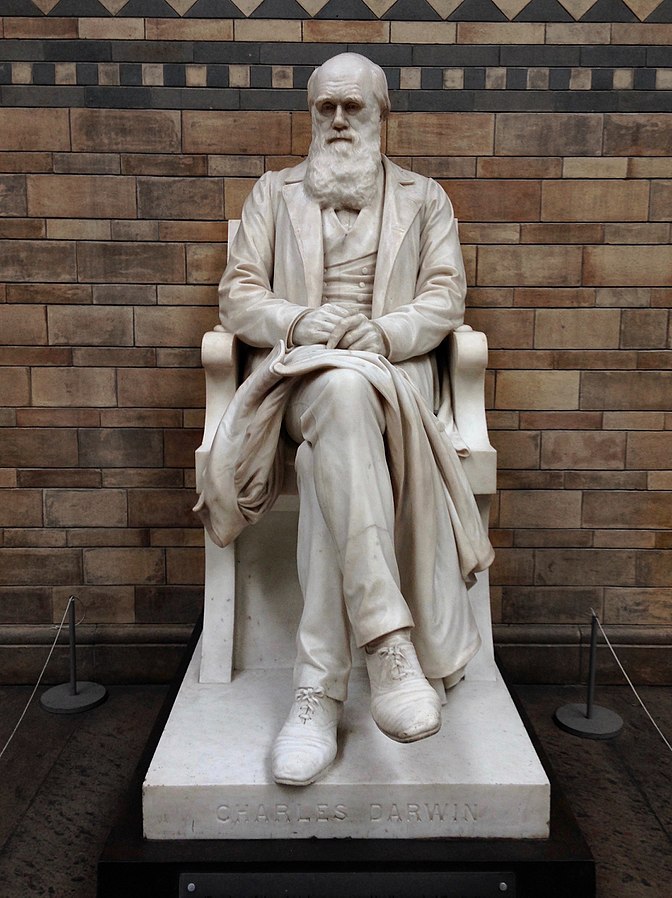
Human incompetence
Initially, the exhibits of the Natural History Museum in London suffered due to unqualified staff. George Shaw wanted to destroy any exhibited specimen that was not mentioned in a specific scientific text, and another ignorant employee removed the labels from the insects because they were identified by a rival. One librarian at the Natural History Museum in London did everything possible to prevent the public from seeing the exhibits at all.
Hintze Hall
This is the largest public gallery in the Natural History Museum in London, where you can see the massive skeleton of a blue whale, which is a symbol that reminds visitors of our responsibility to protect the environment and our planet. The hall perfectly represents the history of our solar system and life on Earth as we know it. London's most beloved dinosaur, Dippy the Diplodocus, was also in Hintze Hall before the whale skeleton took its place.
